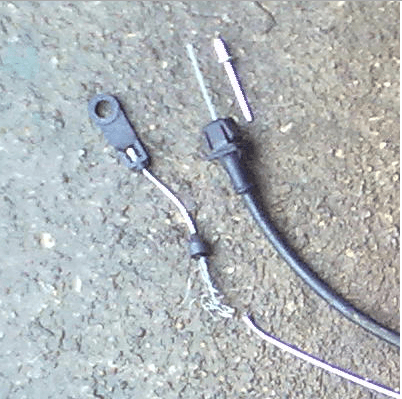
Highway Code for Pennsylvania Drivers
Content
Driving in Pennsylvania is not much different from driving in other states. Because each state has at least some differences in driving laws, it's helpful to have a better understanding of the rules and regulations that apply specifically to Pennsylvania.
General Safety Rules in Pennsylvania
All drivers and front-seat passengers in cars, trucks, and motorhomes in Pennsylvania must wear seat belts. Drivers under 18 must not carry more passengers than the number of seat belts in their car.
Children under the age of eight must be securely seated in an approved child seat or booster seat. Children between the ages of 8 and 18 must wear seat belts, whether they are in the front or back seat.
When subscribing school buses, drivers should watch out for yellow and red flashing lights. Orange lights indicate that the bus is slowing down, and red lights indicate that it is stopping. Oncoming and following vehicles must stop in front of school buses with red flashing lights and/or a red STOP sign. You must stop at least 10 feet from the bus. However, if you are driving on the opposite side of a divided highway, you do not need to stop.
Drivers must yield emergency vehicles on the roadway and at intersections. If an ambulance is approaching from behind, stop to let it pass. These include police cars, ambulances, fire trucks, and other siren-equipped ambulances.
Pedestrians must obey the “GO” and “DO NOT GO” signals at intersections. However, pedestrians at pedestrian crossings always have the right of way. Drivers should always watch out for pedestrians at crosswalks, especially when turning left on a green light or right on a red light.
Anyway bike lanes are present, cyclists must follow the same traffic rules as drivers. When overtaking a cyclist, you must maintain a distance of at least four feet between your vehicle and the bicycle.
Flashing traffic lights means one of two. A yellow flashing light indicates caution and drivers should slow down to make sure the intersection is clear. The red flashing light is the same as the stop sign.
Failed traffic lights should be treated the same way you treat a four-way stop.
Pennsylvania motorcyclists persons over the age of 16 may apply for a class M motorcycle license. Drivers aged 20 and under must wear helmets when riding a motorcycle.
Important rules for safe driving
Walkthrough on the left is allowed when there is a dotted yellow (oncoming) or white (in the same direction) line denoting the boundary between lanes. A solid yellow or white line indicates a restricted area, as does a DO NOT PASS sign.
legal to do right on red after a complete stop, unless there is a sign indicating otherwise. Be sure to watch out for any approaching vehicles and/or pedestrians at the crosswalk.
reversals are legal in Pennsylvania if they can be done safely without endangering other drivers. They are prohibited only where signs indicate that U-turns are prohibited.
В four way stop, all vehicles must come to a complete stop. The first vehicle to arrive at the stop will have the advantage, or if multiple vehicles arrive at the same time, the vehicle on the far right will have the right-of-way, followed by the vehicle on the left, and so on.
Intersection blocking is illegal in Pennsylvania. If there is no traffic in front of you or you are unable to complete the turn and clear the intersection, do not move until your vehicle has closed the intersection.
Linear measurement signals located at exits from some highways. The green light of one of these signals allows you to enter the freeway one car at a time. Multi-lane entrances can have a slope measurement signal for each lane.
Drunk driving, accidents and legal issues for Pennsylvania drivers
A driver over the age of 21 is considered drunk driving (DUI) when their blood alcohol content (BAC) is 0.08 or higher. In Pennsylvania, drivers under the age of 21 will be allowed to drive under the influence with a blood alcohol level of 0.02 or higher and will face the same penalties.
Drivers participating in accident must stop at or near the scene of the accident, clear the roadway, and call the police if anyone is hurt, there have been deaths and/or if the vehicle needs to be towed. All parties must share contact and insurance information, whether or not a police report is filed.
Passenger vehicles in Pennsylvania may have radar detectors, but they are not allowed for commercial vehicles.
Pennsylvania requires you to show only one valid License plate on the back of your vehicle.
Following these rules will help you stay safe while driving on Pennsylvania roads. See the Pennsylvania Driver's Handbook for more information. If your vehicle needs maintenance, AvtoTachki can help you make the appropriate repairs to drive safely on the roads of Pennsylvania.
